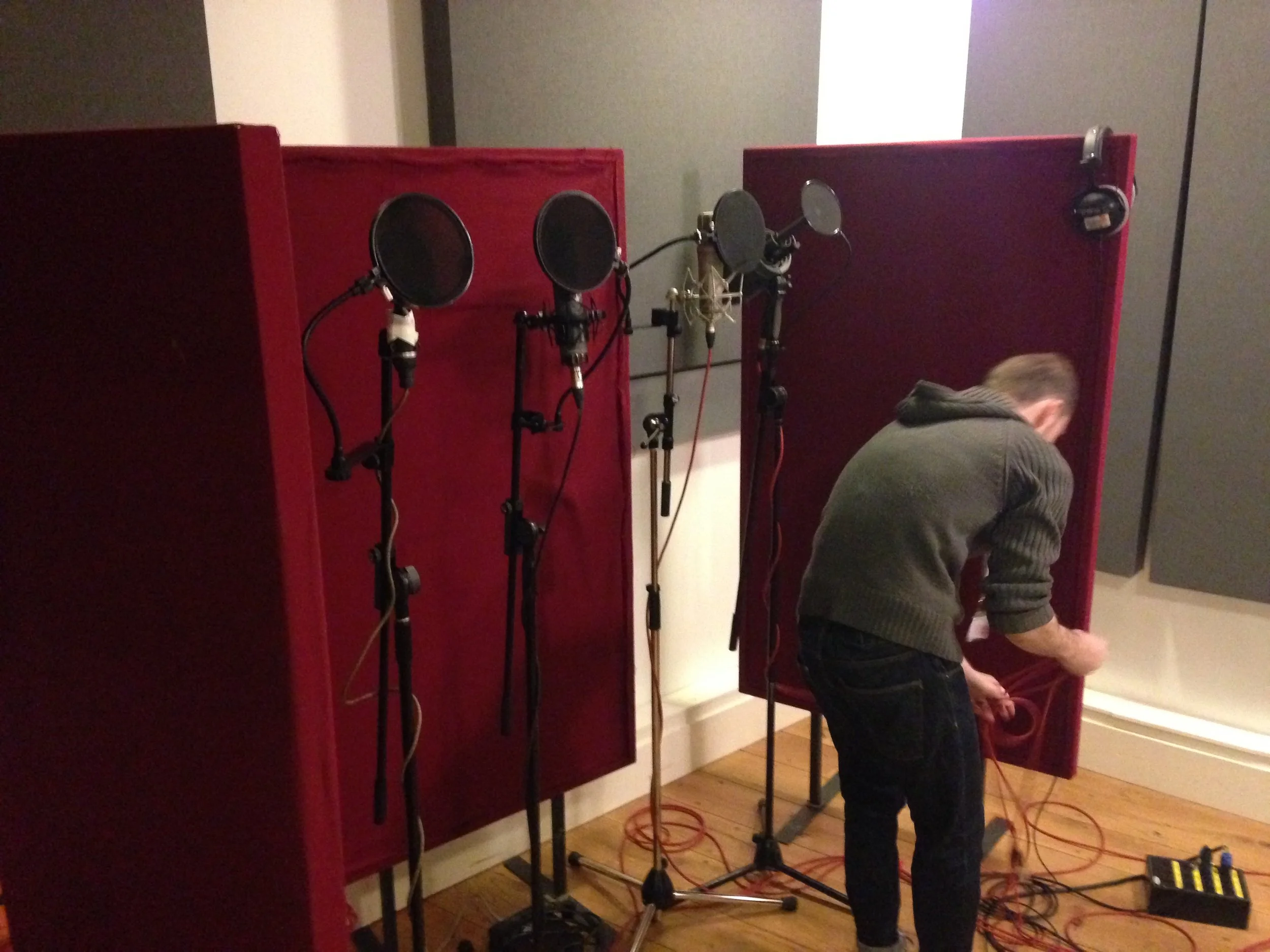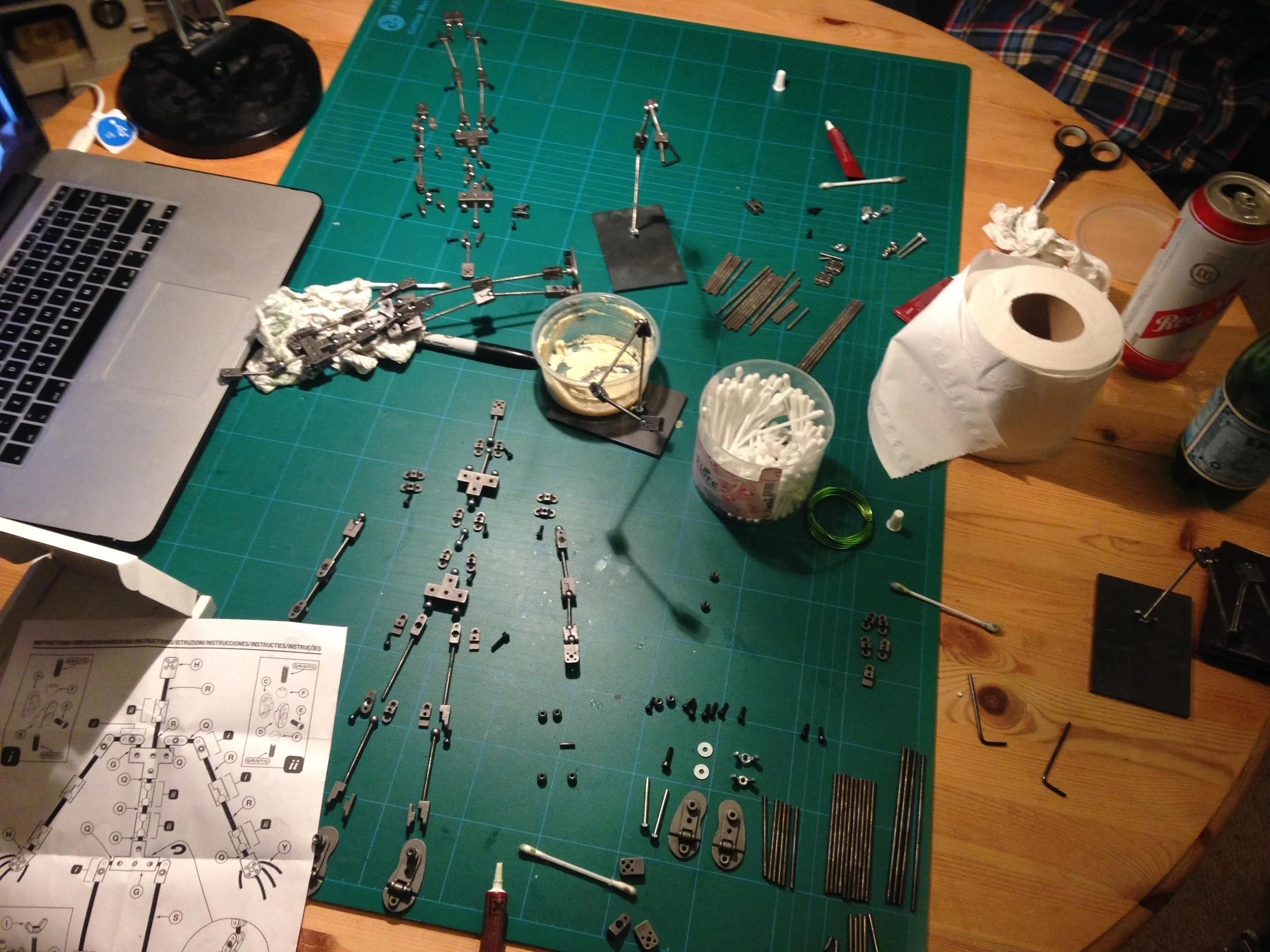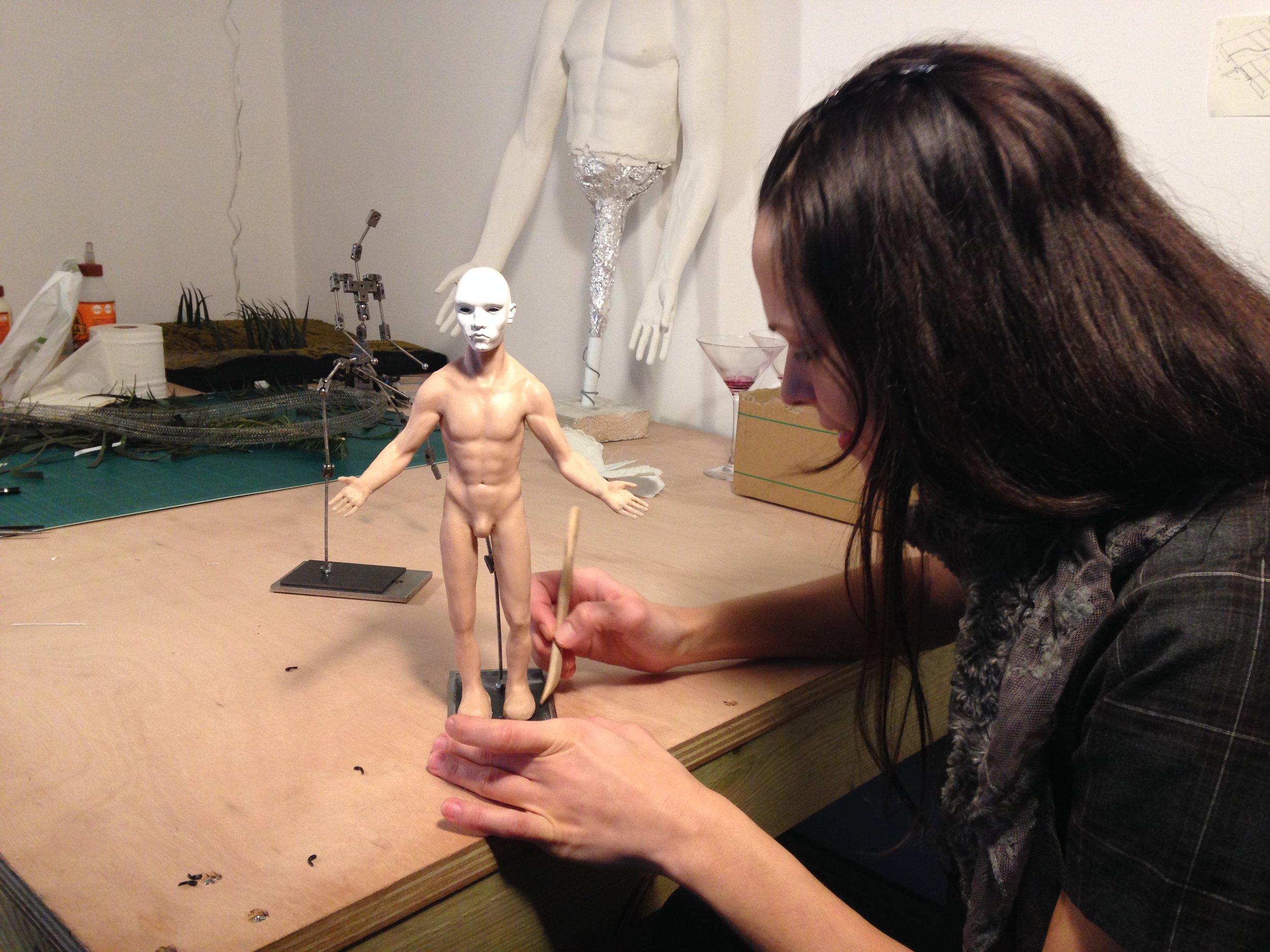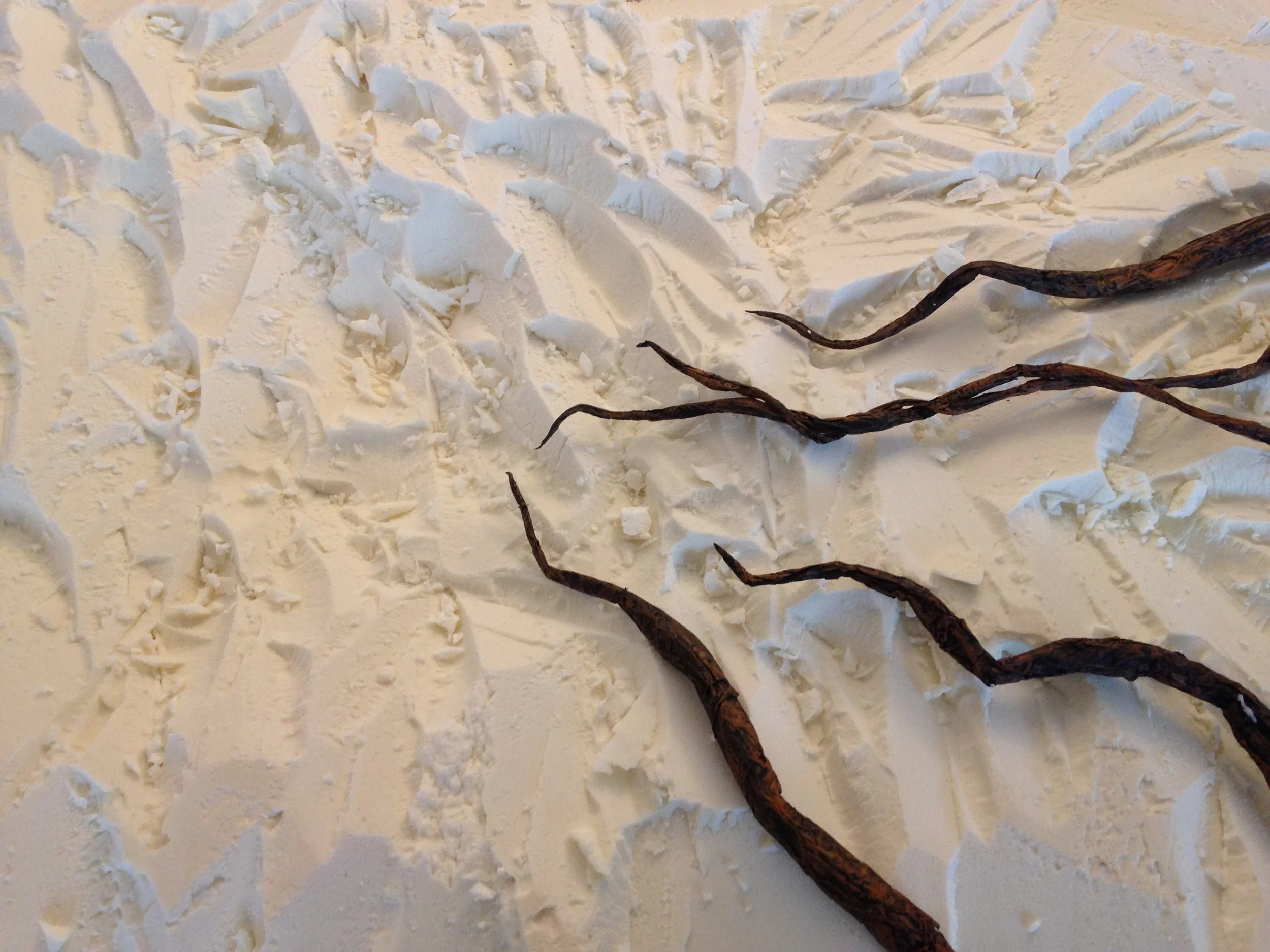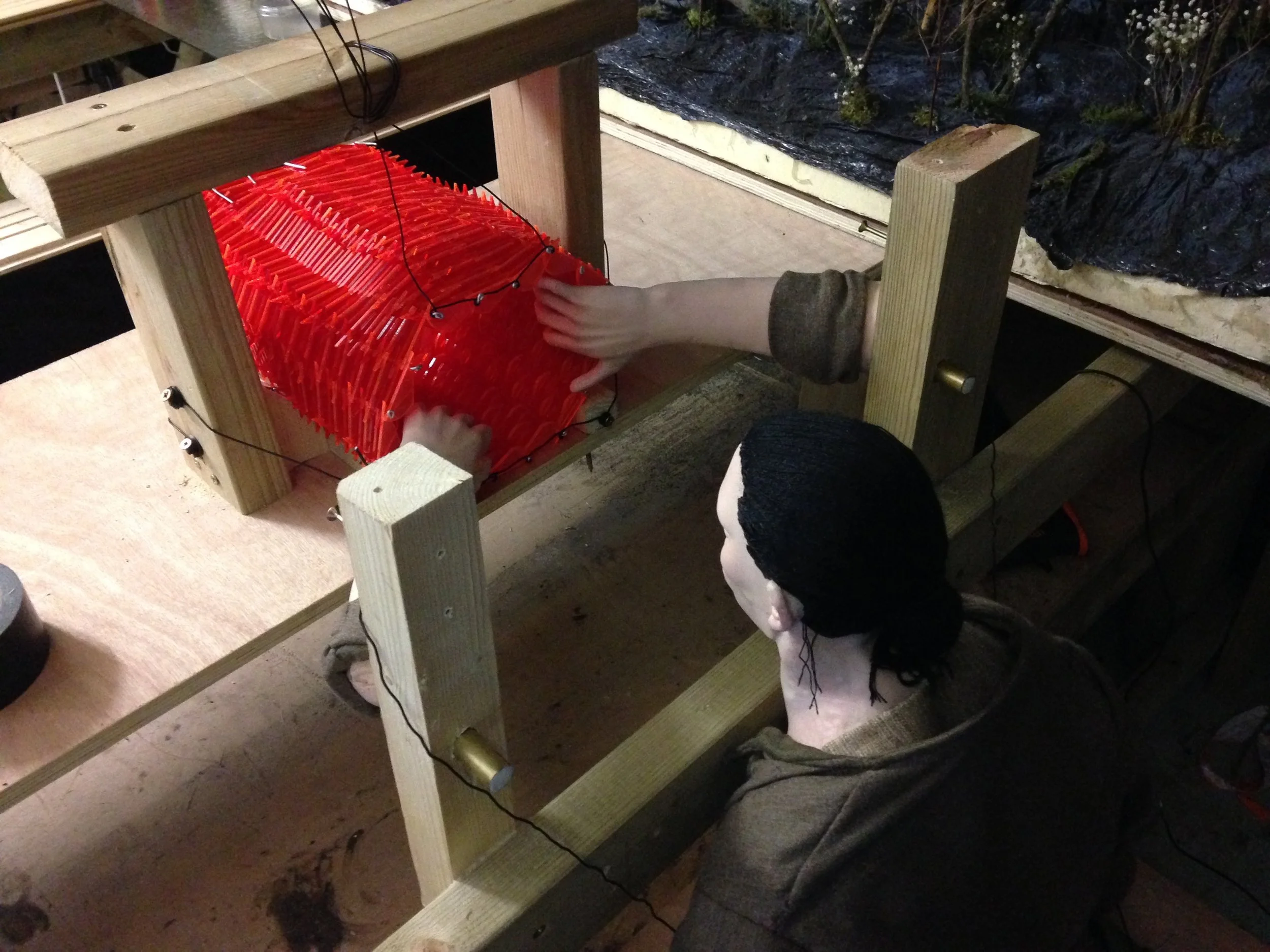Embarking on a short animated film production is anything but a short process. It took me 6 months to create 4 minutes worth of animation. Thankfully, all that time paid off and it screened at 45 International Film Festivals and won 8 awards. It was an unbelievable personal test of motivation and willing to make something that ultimately only I knew exactly how it would look and turn out at the end.
Step 1: The Commission
In 2012 I created a short animated film for The Roundhouse Online Film Fund called 'Emma'. The film showed at 10 film festivals internationally and managed to earn me a nomination for Shots 2012 New Director of The Year, which was a nice surprise. The film fund was funded by the Ex-Animo Foundation. I knew little of the foundation, other than it was headed by Marlena Hellebø and that she funded multiple shorts a year through the Roundhouse platform.
Fast forward a few years, and I received an email from Marta Sala Font from the Roundhouse asking if I would like to meet Marlena as she had an animation project in mind. I obliged and found out that she wanted to make a short animated film based on her favorite W.B.Yeats poem 'The Song of Wandering Aengus'.
It was a very ambitious project from the outset and I knew it wouldn't be a light task. However, something about the poem struck vivid imagery in my mind, and it was too good not to at least explore via an animatic.
An animatic, for those who don't know, is an animated storyboard. Boards are brought into editing software and are cut together with the correct timing and pace of the intended film.
Here are the illustrated stills from the animatic that I drew:
Drawing has always been a big part of any creative process for me, but I'm not much for small basic sketches, it's all or nothing. It really helps me to visualize something, make an idea more dynamic and then work with the drawings to create a pacing in an edit, that I feel lends itself well to the film. Crucially the biggest thing is that sketching allows someone else to see your vision and understand what it is that you want to create for them; cast or crew.
This is how I pitched the idea to Marlena Hellebø and Marta Sala Font. They loved it and production started!
Step 2: The Voiceover
The next main item on the agenda was to find an actor to do the voiceover. I knew I wanted it to be an Irish actor as W.B.Yeats was born in Ireland and a lot of his poems (including this one) are set against an Irish backdrop. I wrote down two names; one of which was an Irish actor called Liam Cunningham and showed them to Marlena - thinking that there was no chance of being able to get either of them - but hell, if you don't ask you don't get! By some stroke of luck, she happened to know Liam and we approached him and asked if he would be interested in lending his voice to our film. He obliged and suddenly I found myself in a room with the one and only Liam Cunningham (who incidentally is in my favorite scene of all time in one of my favorite films of all time; Hunger by Director Steve McQueen).
Michael Fassbender (right) with Liam Cunningham (right) in Steve McQueens Hunger
I was a bag of nerves before Liam arrived from Ireland to a recording Studio at The Roundhouse to record his voiceover, supervised by Joe Bulmer of City Sessions Studio. As I mentioned before the man is in my favorite scene of all time. The scene is a 30-minute set shot (madness) where Liam (playing a priest) is trying to convince Bobby Sands (played by Michael Fassbender) not to go on a Hunger Strike. It's incredible - and such a gigantic part of that is because of the acting. It's not every day you get to meet, let alone work with one of your heroes. So you can understand my nerves.
As it turned out Liam was a lovely guy and incredibly interested in what I was trying to create. He was, of course, a true professional and nailed the VO with time to spare which meant that we got to sit down with him after and talk about the film and what he was up to. Genuinely the favourite day of my (all be it short) film career to date. As soon as he started speaking the words in the poem I knew that we had made the right decision. What a voice!
Step 3: Puppets and Armatures
I started drawing the characters in more detail. I went into detail on arms, faces, proportions, muscle definition etc.
Simultaneously, I was trying to find a puppet maker who had the right level of creativity to bring the short to life. I wanted someone who could create other-worldly figures but also someone who had a real creative stamp of their own to bring to the production. It took me weeks of searching online until I stumbled across a puppet maker called Olga Lunina on Pinterest. Her work was incredible; detailed, other-worldly, fantastical and above all else mesmerisingly beautiful. I contacted Olga and found out that she had no formal training (a trait I see a lot, which I love) and was very excited to get involved in the project.
Here is Olga's website, I urge you to have a peek: http://www.olluna.com/
The first stage was to get the armatures ready for Olga to work over the top. So I set to work making them:
I was working at two scales for this film, the first (seen above) was 1/6 scale which allows for full bodies and the second scale was a 1/2 scale to make certain elements much larger so that instead of zooming in on an image or not being very accurate with a specific bit of animation (a hand for example) I could animate those parts separately. The challenge for Olga was to not only create incredible models, but to replicate certain parts in different scales. She did this with ease, an unbelievable feat! She also created a Fish and a Moth on top of all the other things that I had asked her to create! Thank-you Olga!
Olga initially crafted the figures out of Super-Sculpey on top of the armatures and then for the larger head/hand details of Aengus she made the figure out of clay. Then, it came to the difficult task of creating molds and then from the negative imprint creating silicone characters with the armatures inside them! In steps, Kerry Dyer: https://kerrydyer.wordpress.com/
Kerry has worked on lots of animation productions, including Fantastic Mr. Fox. She is a seasoned professional and someone who knows a lot about created molds and casts, and therefore a really integral part of this short film's success! For some parts of the smaller 1/6 scale models I didn't need all the skin showing, so for these bits, we saved on silicone (and costs) by replacing the portion of the body with foam, wrapped tightly with a bandage to replicate body shape. This also allowed me to tighten the armature rig if it came loose, being able to gain access via the looser foam, as you can see in the middle picture - an Allen key is sticking out of the armatures left knee!
Massive thanks to Natasha Lawes and Ruth Pease for painting the large silicone 1/2 puppets head and hands!
Step 4 - Sets and backdrops
The sets were constructed over a period of 3 months and were without doubt the longest part of the production. A set rack was constructed to store sets that weren't being shot on during production, however by the end of the set making process I had a small 1.5ft by 1.5ft square of clear space to stand in the studio, it was completely insane! It became a bit of a rabbit warren to manoeuvre around to animate various things and operate the camera and rig. The bases were constructed in wood, 6" insulation was stuck on and carved away to form the landscape (multiple insulation layers were used at times). Real features like dried plants, logs and branches were used to decorate the sets, with small dried flowers dotted around. A colour scheme was also created to differentiate the forest (blue tints) from the hollow lands (orange tints). Backgrounds were created to be put behind the sets to create a much larger landscape than was afforded in a small studio, which were painted by Phoenix Finlayson-Pugh.
Step 5 - Animation
This was the toughest part of the entire production; 1 animator, 21 scenes, 6 puppets and movable sets. I used lots of tricks that I have learned from animators and people working in the industry, including small things like Ikea tape to measure increments of movement. Every scene was a new set-up and most of the time a new set. Every set-up required a different homemade animation rig, as well as programming a motion-controlled shot with the Kessler Second Shooter and then, of course, animating the puppets!
One key thing that was implemented in the early test stages was tying down the puppets to the sets using tie-downs, which connected the 1/6 scale puppets to the ground via pre-made holes. Thanks to Elizabeth Day and Matt Day at Clapham Road Studios for telling me about this ingenious method, which freed up a lot of post-production time painting out rigs!
One person to give huge thanks to is Elizabeth Jane Winstanley (http://www.elizabethjanewinstanley.com/), who create the inside of a fishes mouth out of acrylic. She not only created something visually striking, she also managed to rig it so that it would fit my rig - incredible work Liz!
Step 6 - Post-Production
After a week off from the studio, I started the arduous process of post production. This included compositing eyes onto the puppets (they had dots in their eyes as a tracking reference that I used when shooting), removing any rigs as well as compositing lots of extra things; like underwater elements, apples on the tree, a misty look across the entire forest as well as the task of compositing hundreds of moths bursting from the girl - not once but twice! I couldn't do this alone, so I enlisted the expert help of Felip Docolomansky and Valeria DiClaudio who did a frankly amazing job compositing everything. It was really special to see all of this come together and the first time I saw one of Felip's early shots I left his studio feeling pretty elated. Especially after such a long process, every day on my own in a dark studio for nearly 6 months - I finally felt as if this film could be something really special. Thank-you Felip!
Step 7: Music and sound
The sound was mixed at Jungle Studios in Soho by James Cox.
The soundtrack technically came after step 2 and meeting Liam. After our voiceover recording we sat down and talked about music and it's importance in pacing a film. He mentioned that his friend David Holmes might be interested in creating the music for it. David Holmes is a legendary producer and musician. He's probably best known for his music for Oceans Eleven / Twelve / Thirteen, but he also did the soundtrack for Hunger (did I mention that I like that film?) It wasn't a done deal and I had to pitch my idea to David, which frankly was terrifying. My pitch to him was a success and he agreed to do it (one of my proudest moments).
Fast track 4 months later and he had enlisted the support of Keefus Ciancia, to create the most wonderful track that not only fits the poem and film perfectly but made the pacing even better than before! I can't thank David and Keefus enough for lending their talents to this film - it's not every day that a young filmmaker can work with such giants in the film industry!
Step 8: Film Festivals
Once the film was finished there was no time to waste, we wanted to get it out to cinemas via film festivals and try and get into as many as possible internationally. We submitted most of the films via Withoutabox. It's difficult to judge what kind of film festivals to go for, there are giant festivals like BAFTA and the Oscars, as well as festivals that specialise in certain things (animation for example) - ultimately we went for 'animation categories, preferably under 5 mins' but we put a lot of effort also submitting it to the bigger sized festivals. We were incredibly lucky to be selected by 45 film festivals, which meant the film was shown in 12 countries and to thousands of people in cinemas across the world! We were incredibly lucky to receive 15 nominations at various festivals and we won 8 awards en route.
Step 9: Online Release
On Tuesday 13th June 2017, to coincide with W.B.Yeats 152nd birthday the film was released online. I truly hope you enjoy watching it as much as I enjoyed making it for you.























